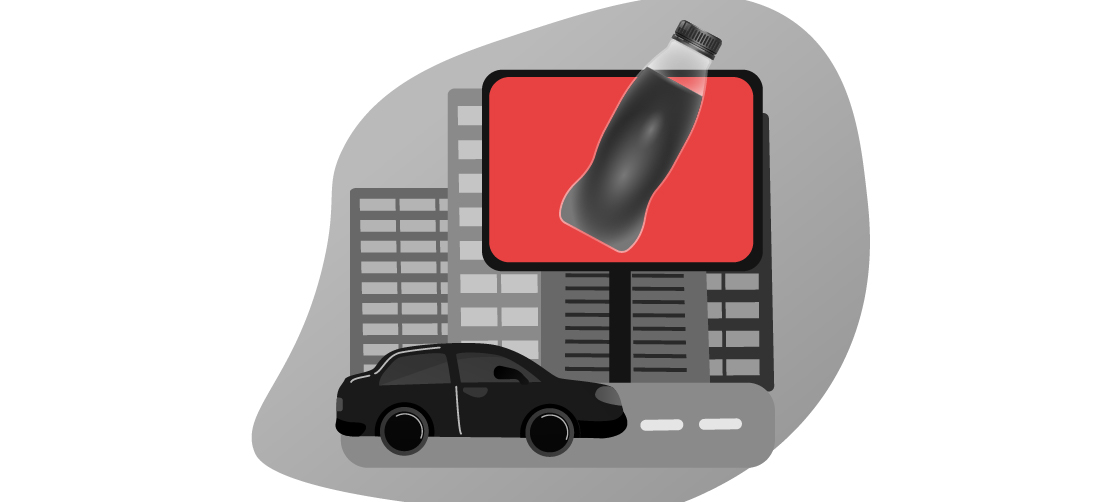CGI Advertising
What is CGI Advertising?
Computer-generated imagery advertising represents a digital technique to build visually appealing marketing materials, which often appear photorealistic. The complete control over virtual environments through CGI allows marketers to develop product concepts alongside spaces and experiences that remain unreachable through traditional real-world filming methods. That degree of creative autonomy ensures CGI advertising becomes a powerful instrument for creating interesting campaigns that touch individuals on a more imaginative, profound level.
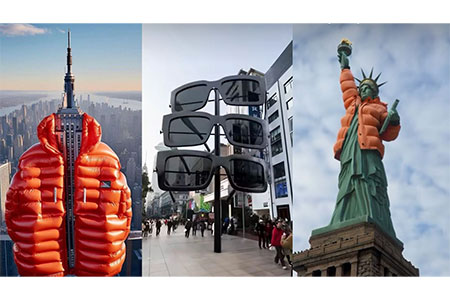
How to Create CGI Ads: A 5-Step Guide
Creation of CGI commercials starts from a strong creative idea that directs the visuals and narrative. This is followed by 3D modeling and high-level texturing, where digital assets are modeled and styled. Lighting and animation provide depth and movement, heightening realism. Rendering converts the digital design into high-end visuals, topped with post-production, where sound, effects, and final sheen are melded together. This lean workflow guarantees that CGI advertising is always flexible, scalable, and visually appealing on any platform.

Advantages of CGI Advertising
Endless Creative Possibilities
CGI advertising allows brands to think big. Whether envisioning otherworldly worlds or impossible worlds, CGI overcomes the physical and logistical limits of traditional media. You can make anything your imagination conceives, giving you an unlimited sandbox for storytelling and visual art.
Boosted Awareness and Engagement
Notice-grabbing CGI stops people in their tracks in crowded online environments. Its engaging visuals are shared, remembered, and spoken about more than static images. That extra visibility fuels more robust engagement metrics and enables brands to cut through a flood of generic ads.
Affordable Advertising Solutions
While it costs upfront, CGI advertising does away with the cost of repeated production. No location shoots, props, or weather delays are necessary. It is time and money-saving, hence cost-effective in the long run for campaigns that can scale.
Unleashing Boundless Creativity
From bringing conversation to cartoon animals to producing levitating product displays, CGI allows your creative team to innovate. It allows you to bring zany concepts to life from idea to screen, creating campaign visuals that are as bold as they are powerful.
Improved Visual Impact
CGI provides images with sharp detail, realistic wonder, and dramatic impact. It provides complete control over color, lighting, and movement so that every frame appears thoughtful and refined, be it for social media or upscale broadcast commercials.
Optimized Efficiency and Flexibility
Want to refresh product colors, alter backgrounds, or localize a campaign? CGI makes it easy. Assets can be adapted endlessly once created, providing quick flex without needing to recreate every time.
Enhanced Precision and Control
In CGI commercials, each pixel matters. From intricate material textures to specific lighting angles, the designers have full control. This accuracy makes brands able to provide consistency and deliver polished, on-brand imagery to all platforms.
Sustainability Benefits
CGI lightens the environmental impact of conventional shoots dramatically. With digitization, there is no travel, physical sets, or disposable props required, hence it is a green solution that can work for eco-friendly brand philosophies.
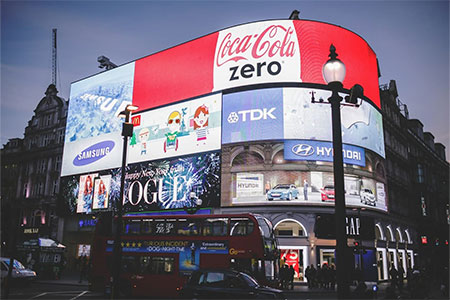
Disadvantages of Advertising
Significant Upfront Investment
Production of quality CGI content usually requires proprietary software, powerful hardware, and skilled experts. Although long-term benefits can make the expense worth it, the initial entrance fee might deter small brands or young firms.
Requires Specialized Technical Skills
CGI is a technology discipline that encompasses disciplines such as 3D modeling, animation, and rendering. It is simple to come up short without seasoned animators and artists, and for this reason, it is important to deal with the experts.
Potential for Unsuccessful Execution
Badly done CGI can appear unnatural or disgusting, decreasing credibility and confidence. Inconsistent lighting, awkward animation, or forced physics will immediately destroy immersion and the strength of a campaign.
Ethical Dilemmas
Computers generate visual effects that blur the line between reality and fantasy thus creating doubts about authenticity. Highly manipulated digital images confuse consumers because they appear authentic to the human eye while existing mainly to promote beauty products or food items that need realistic representation.
Issues with Accessibility
High-quality CGI may demand strong equipment and good high speed internet to be enjoyed as designed. For those with less technological exposure, this may affect performance or be less enjoyable, perhaps alienating some of the audience.
Impact of CGI Advertising
Unlocks Boundless Creative Possibilities
Through CGI technology, the boundaries of human imagination disappear. Through CGI advertising, marketers develop stories that exceed traditional limits by creating fictional worlds while presenting real products with extraordinary appeal.
Delivers a Cohesive Brand Experience Across Channels
CGI provides its users with consistent results as one of its fundamental advantages. The same visual elements can be distributed across different media platforms, including web television and social media, to maintain brand recognition through a consistent visual expression.
Adapts Seamlessly to Changing Campaign Needs
With product developments or market changes, CGI assets are easily updatable in a second without the need to re-imagine and reshoot the entire thing. It enables marketers to respond quickly and keep up with rapid digital ecosystems.
Offers Cost-Effective Production Solutions
While CGI production upfront can be cumbersome, the ultimate payoff is clear. Repurposable assets, virtual worlds, and scalable content mean that it is an inexpensive option for brands that have the goal of making high-quality, high-volume content on time.
Supports Eco-Friendly and Sustainable Marketing
Digital production eradicates wasteful traditional shoot practices. Zero travel, zero set build, and zero physical waste allow brands to achieve sustainability targets while producing high-quality CGI ad content.
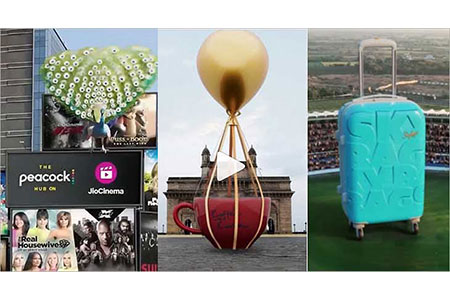
Real World Examples of CGI Advertising
Nike's Air Max campaigns displayed fully CGI-created sneakers in active settings well in advance of launch. IKEA substituted more than 75% of its product photography with CGI, providing breathtaking consistency to catalogs. Coca-Cola has employed CGI to bring to life playful, brand-congruent characters in worldwide and holiday campaigns. These instances demonstrate the way CGI advertising already changes the business, allowing creative, efficient, and scalable storytelling across product lines and platforms.
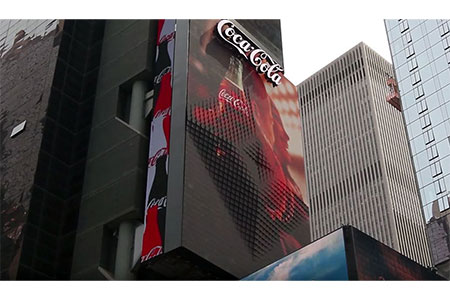
Future of CGI Advertising
As real-time rendering, AI, and virtual production technology evolve, CGI advertising is moving toward interactive and hyper-personalized. Brands will use augmented reality, virtual influencers, and immersive 3D ads that change based on viewer behavior more and more. The future of advertising lies in the convergence of imagination with technology, where CGI is not only a visual aid but an extension of storytelling itself that is scalable, sustainable, and immersive.
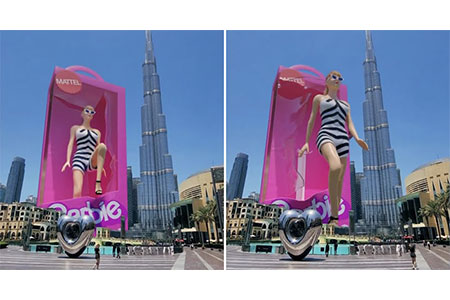
Conclusion
CGI advertising is now a game-changer in the modern world of marketing. It provides stunning imagery, artistic freedom, and virtual simplicity to communicate narratives that traditional methods often fail to match. Even while there are technical as well as moral issues to be worked around, its advantages, ranging from saving money to the world, are difficult to miss. As virtual realities keep changing, CGI will keep rewriting the book on advertising futures by producing more and more immersive, interactive, and emotionally engaging brand experiences.
FAQs
CGI brings concepts to life with 3D product visuals, animated narratives, virtual spaces, and immersive experiences to assist brands in producing ads that engage and captivate on a new level.
Sectors such as automotive, technology, fashion, entertainment, and real estate live on CGI advertising since it assists in creating visualizations of otherwise intricate, abstract, or expensive-to-make products and experiences.
The CGI process involves concept creation, 3D modeling, texturing, lighting, animation, rendering, and post-production, each being refined to produce clean and high-impact visual materials.
Yes. CGI enables brands to present highly realistic 3D images of products. even before the existence of physical prototypes, making it perfect for marketing, prototyping, and customer engagement.
Due to developments in rendering, texture simulation, and lighting, CGI today has become so able to duplicate real world images so well that audiences frequently are unable to distinguish between CGI and real footage.


